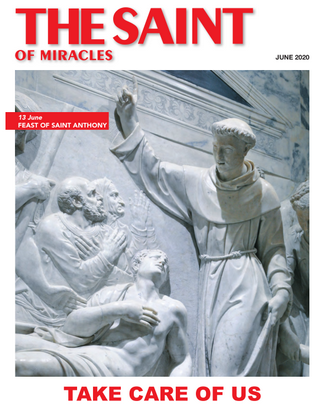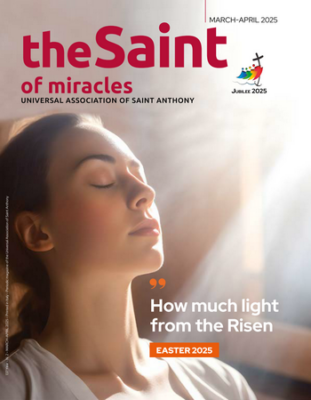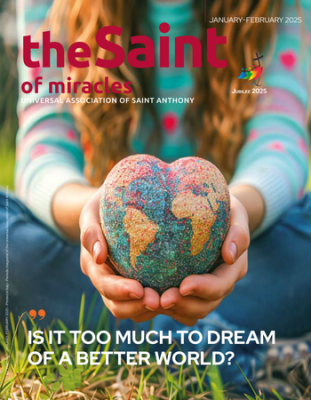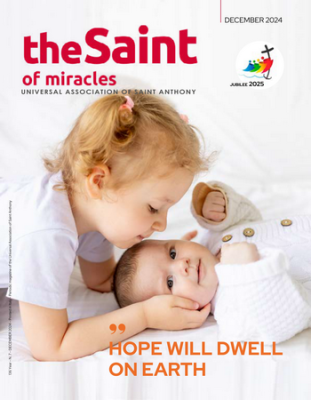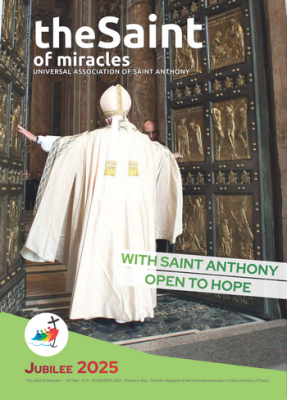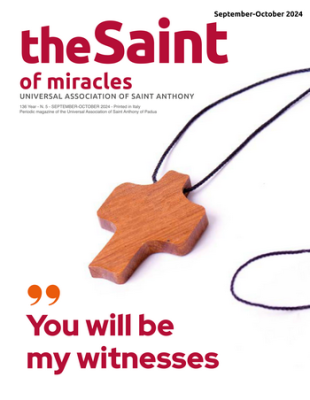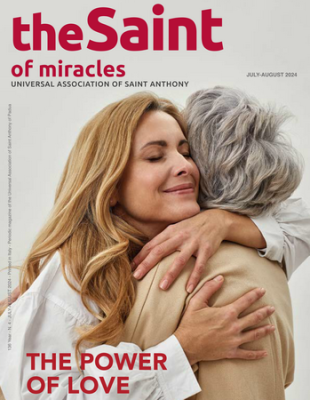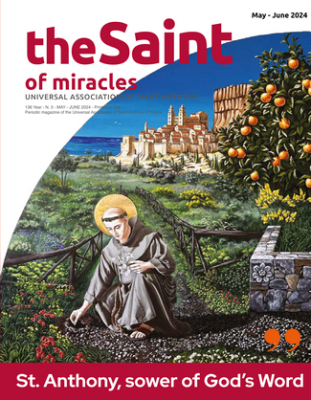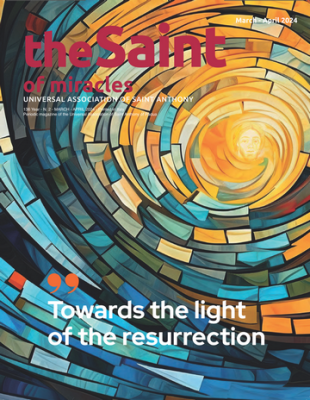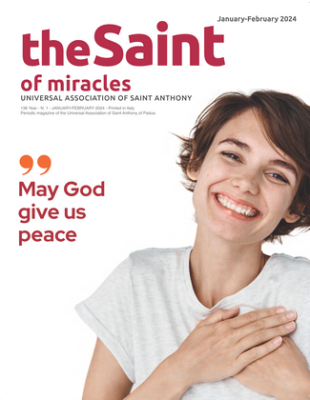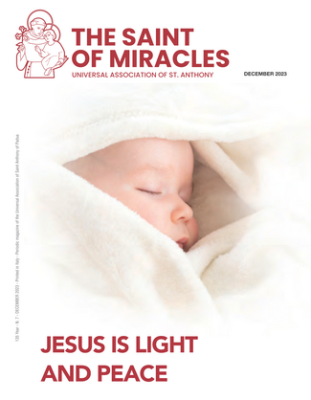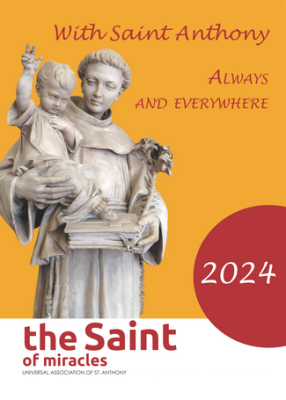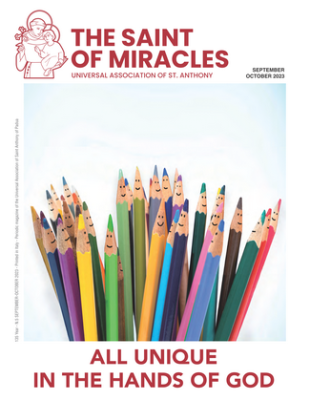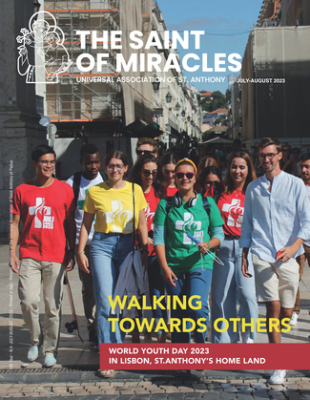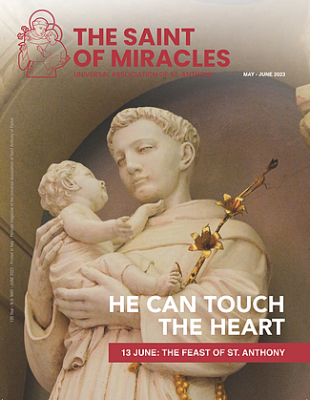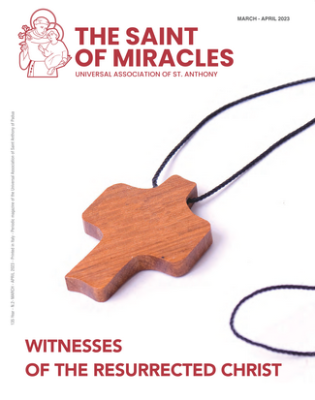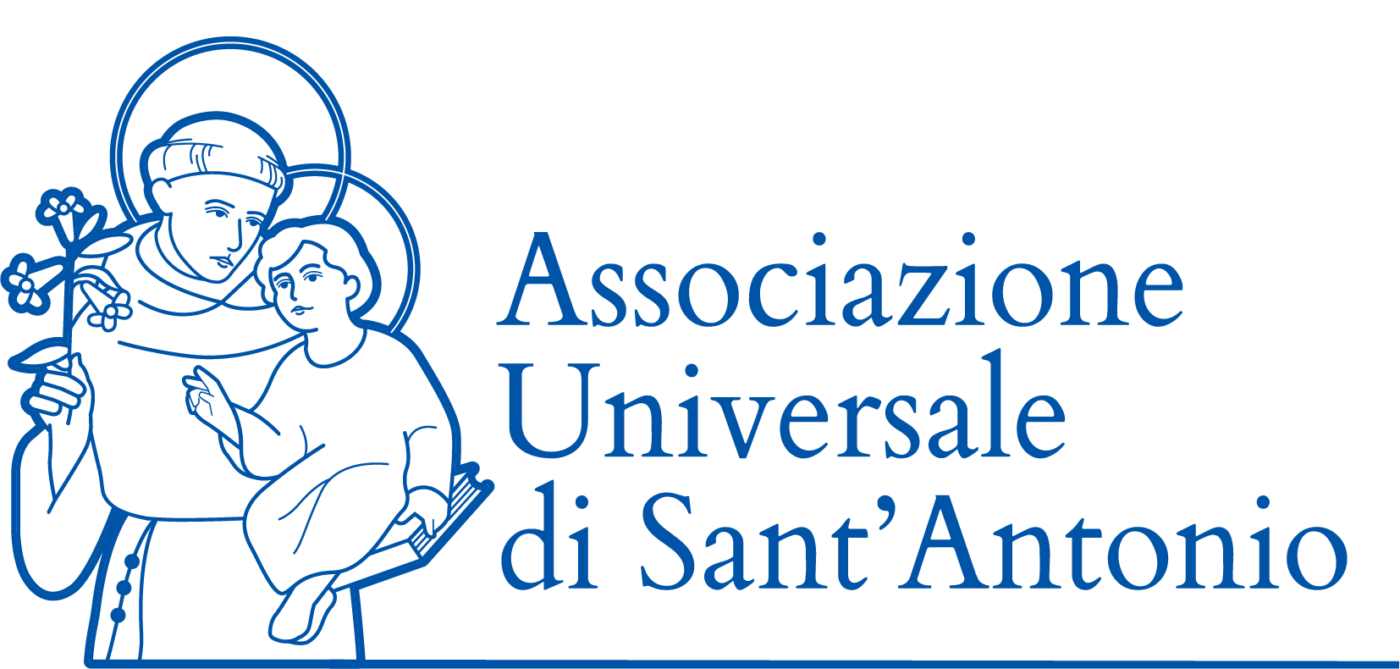Year 132 - June 2020Find out more
Corpus Domini, the feast of Jesus making bread
Fr. Chino Biscontin
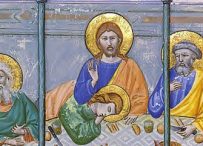
Corpus Domini (Body of the Lord) is certainly one of the most heartfelt solemnities on a popular level. Both for its meaning, which recalls the real presence of Christ in the Eucharist, and for the style of the celebration. Almost in all dioceses, in fact, it is accompanied by processions, a visual representation of Jesus walking the streets of man. The history of the origins take us in the 13 th century, in Belgium, to be precise, to Liège.
Here the bishop responded to the request of a nun who wanted to celebrate the Sacrament of the Body and Blood of Christ outside Holy Week. More precisely, the roots of the feast are to be found in Belgian Gaul and in the revelations of Blessed Juliana of Liège. The latter, prioress in the Monastery of Monte Cornelio near Liège, in 1208 had a mystical vision in which a white moon appeared in shadow on one side. An image that represented the Church of her time, which still lacked a solemnity in honour of the Blessed Sacrament.
Dear reader, thank you for choosing this article.
Want to read more? Ask for a free copy of "The Saint of Miracles"


 Italiano
Italiano Français
Français